NEWS
10 Beloved Vintage Car Features Lost to Time
Published
9 months agoon

Shutterstock
Reentering the car market after a break can seem like stepping into an entirely different realm due to the rapid advancement of automotive technologies. Features that were once exclusive to high-end concept cars, such as rear-view cameras, audio-based safety alerts, and large screens for navigation and multimedia, are now standard in many vehicles. Darren Palmer, the head of Battery Electric Vehicles at Ford’s Global Product Development, explains this shift: ‘Car design is constantly evolving, guided by what consumers want. Your smartphone has become a crucial automotive tool, acting as your key, entertainment hub, navigation device, and a connection to emergency services. This technological integration has not only enhanced the driving experience but has also created new opportunities for innovation for manufacturers like Ford.’ With the advent of these technological advancements, many car features and driving habits that were once essential are becoming obsolete, making way for the new. Discover which features are becoming outdated and learn about the automotive practices that mechanics now advise against.
Hood Ornaments
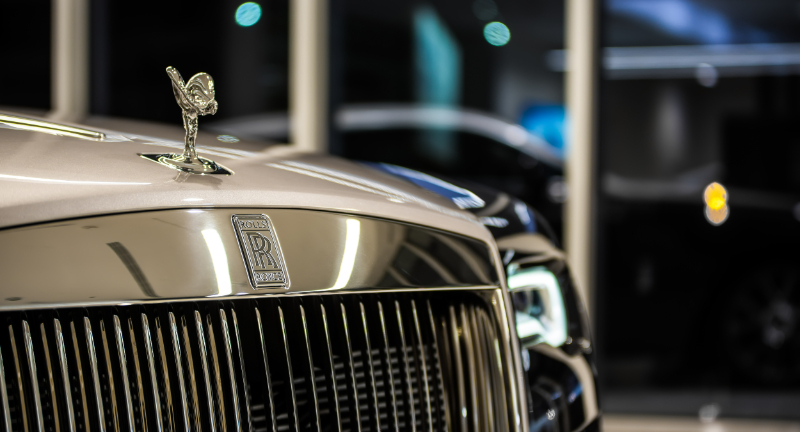
Shutterstock
Once considered symbols of luxury, the classic stand-up chrome hood ornaments have become rare, now seen on only a handful of high-end vehicles. The change is primarily driven by contemporary safety regulations aimed at reducing injury risks, particularly to pedestrians and cyclists during collisions. These ornamental emblems can cause harm in such incidents. As a result, some modern cars that still feature these iconic ornaments have adopted a creative solution: an automatic retraction mechanism. This system is designed to pull the ornament into the vehicle’s hood upon detecting an impact, thereby reducing potential injuries.
The Evolution of the Parking Brake
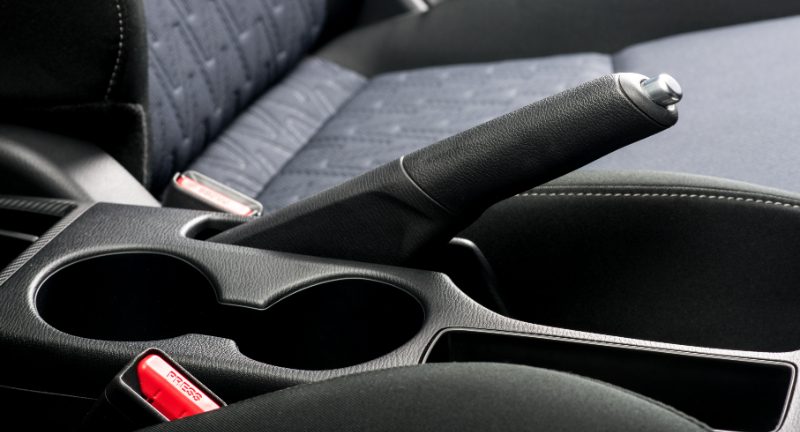
Shutterstock
The conventional hand-operated parking brake, commonly referred to as an emergency brake due to its secondary function when the primary brakes fail, is becoming a rarity in modern car designs. The industry trend is moving towards electronic parking brake systems, which can be engaged with just the push of a button. This modern approach not only increases convenience but also offers numerous advantages for automotive engineers. Integrating a button-activated system simplifies the car’s overall design, making more efficient use of interior space that can now be allocated for additional features such as extra cupholders. This shift highlights the ongoing advancements in automotive technology, focusing on user convenience and optimal space utilization.
The Legacy of Rear-Hinged Doors in Luxury Automobiles
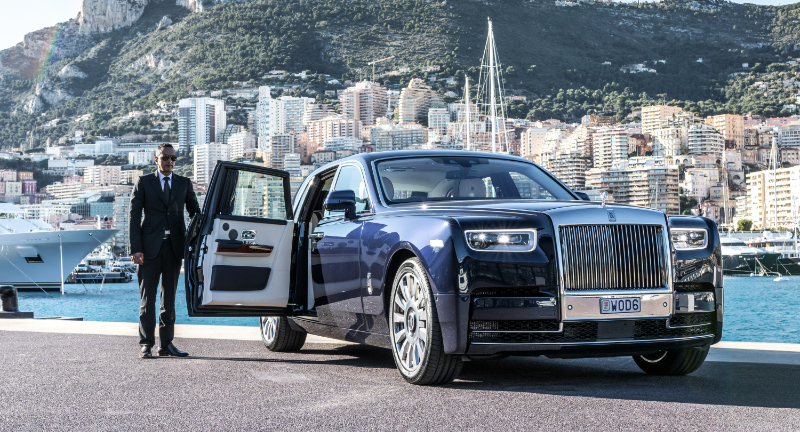
Shutterstock
Rear-hinged doors, often seen as a hallmark of luxury cars up until the 1960s, were celebrated for their elegant design that facilitated a graceful entrance and exit for passengers in the back seats. Despite their contribution to the aesthetic and functional appeal of high-end vehicles, these doors were dubbed ‘suicide doors’ due to significant safety concerns. The design flaw that caused them to unlatch during collisions or even from the turbulence created by passing vehicles posed serious risks. Consequently, the growing emphasis on passenger safety led automakers to adopt more secure door mechanisms in modern vehicles, marking the decline of rear-hinged doors.
The Evolution of In-Car Entertainment
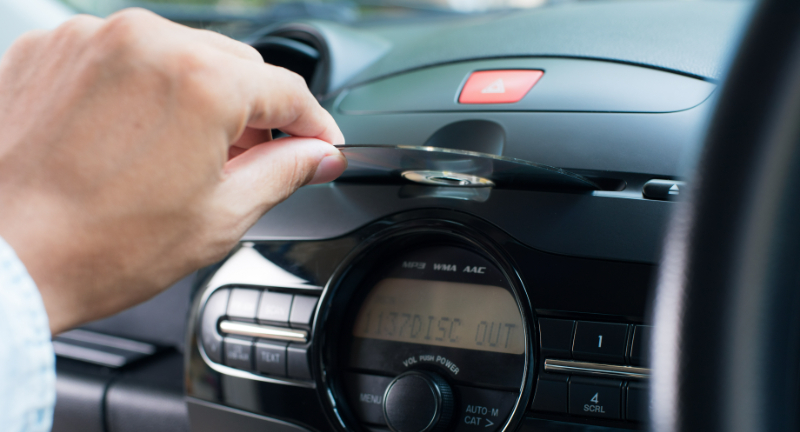
Shutterstock
With the advent of satellite radio and streaming services, reliance on physical media for in-car entertainment has significantly diminished. The once-cherished experience of inserting a favorite mixtape into the car stereo or carefully choosing six CDs for the trunk-mounted changer is becoming a thing of the past. Modern drivers now favor the convenience and vast selection offered by digital platforms, which provide access to extensive libraries of music, intriguing podcasts, and engaging audiobooks with just a touch. Reflecting these changing preferences, the latest car models are phasing out CD players and opting for numerous USB ports to accommodate contemporary digital devices. This shift highlights the profound impact technology has had on the way we enjoy entertainment while on the road.
The Disappearance of Manual Window Cranks
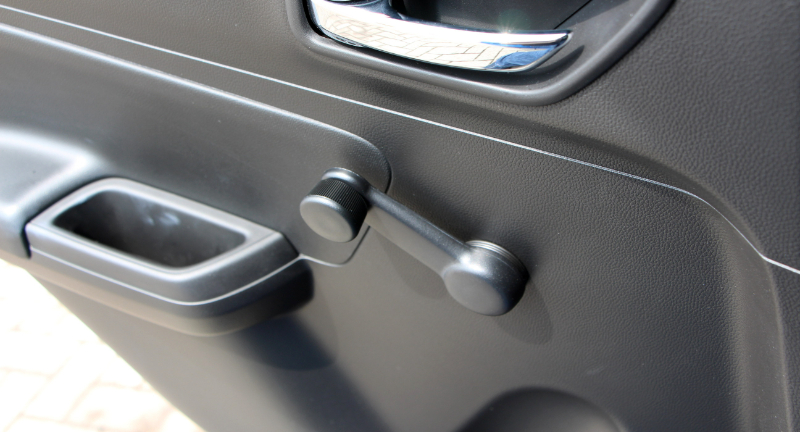
Shutterstock
In the past, classified ads for used cars would emphasize luxury features like power windows, power door locks, and air conditioning to attract buyers, as these enhancements used to add significant cost to the vehicle. Today, manual crank windows have nearly disappeared, much to the relief of drivers everywhere. The inconvenience of manually rolling windows up or down, especially during sudden weather changes like unexpected rain, has been replaced by the ease of button-operated windows. With just a push of a button, drivers can now effortlessly open or close all windows, demonstrating how features that were once seen as luxury have become standard in most new car models.
Pop-Up Headlights
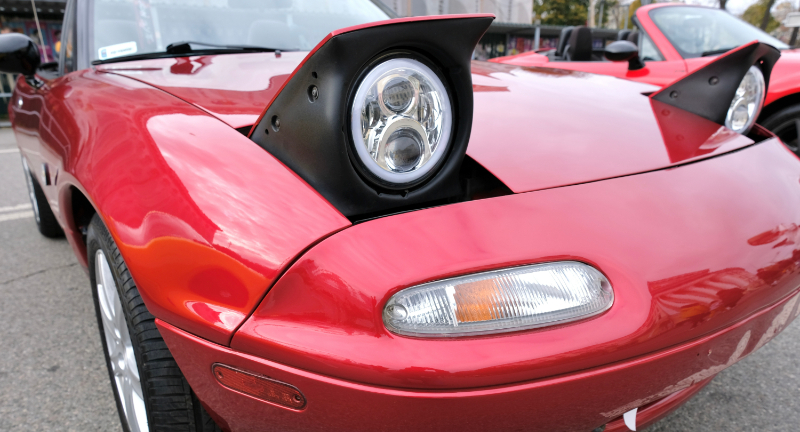
Shutterstock
The rise and fall of pop-up headlights in cars were influenced by a mix of regulatory standards and shifts in automotive design preferences. For a period, U.S. laws imposed precise requirements on the dimensions and configurations of vehicle headlights. This challenge led to creative solutions from designers and engineers who were striving for more streamlined and aerodynamic vehicle fronts. The ingenious response was the development of hidden headlamps that would emerge or ‘pop up’ solely during nighttime use.
Power Antenna
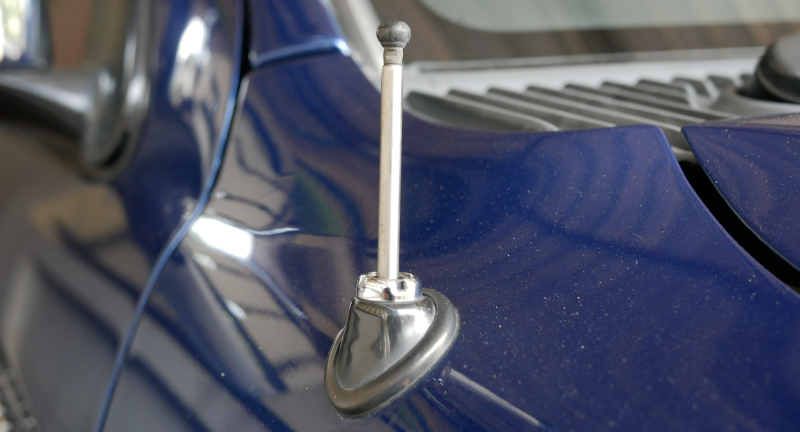
Shutterstock
Power antennas, once a common feature in vehicles, frequently encountered reliability problems, particularly in cold climates where they could freeze and break due to ice and snow accumulation. These retractable antennas were essential for enhancing radio signal reception, allowing listeners to tune into distant stations. However, the advent of digital broadcasting and satellite radio has rendered these once-critical telescopic antennas obsolete.
Gas Filler Cap
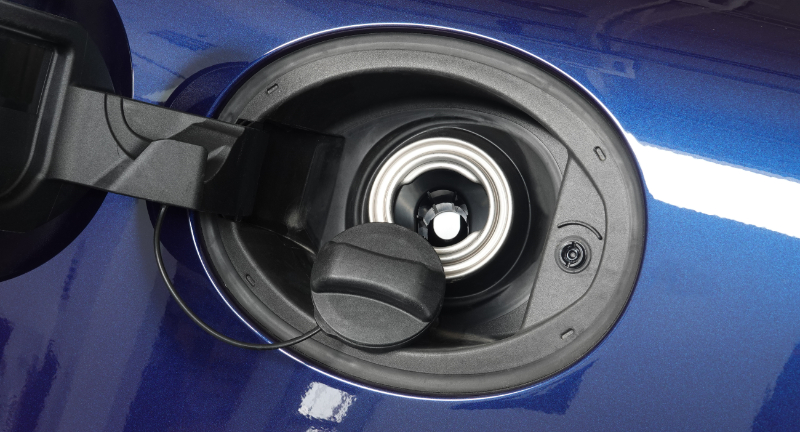
Shutterstock
In the near future, the familiar task of unscrewing a gas cap at the fuel pump might become a thing of the past. Ford pioneered this innovation with the introduction of its capless Easy Fuel system back in 2011. This innovative design not only deters fuel theft but also eliminates the inconvenience of dealing with a traditional gas cap. This is particularly advantageous during cold winter months when handling a gas cap can be cumbersome. Additionally, without the need for a gas cap, car owners no longer have to worry about misplacing this component.
The Evolution and Nostalgia of Bench Seats
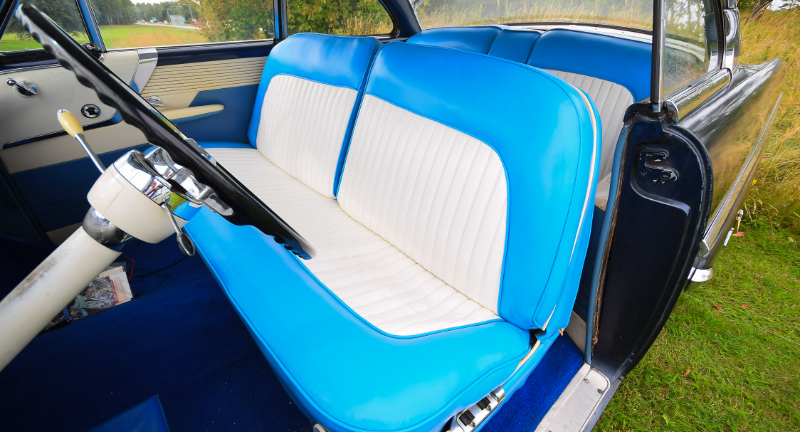
Shutterstock
Bench seats, which were common in family vehicles until the 1980s, continued to be available in models like the Chevrolet Impala and Toyota Avalon until the early 21st century, accommodating three passengers side by side. Despite the center seat being narrow and somewhat uncomfortable, it offered some advantages, such as additional legroom when not in use. Bench seats also evoke a sense of nostalgia, especially for romantic drives, as their design allowed passengers to sit closely together, creating a more intimate experience. However, as car design has progressed, bench seats have been largely replaced by more ergonomic, individually contoured seats that reflect modern vehicles’ focus on comfort and personal space.
The Evolution of Cigarette Lighters and Ashtrays in Cars
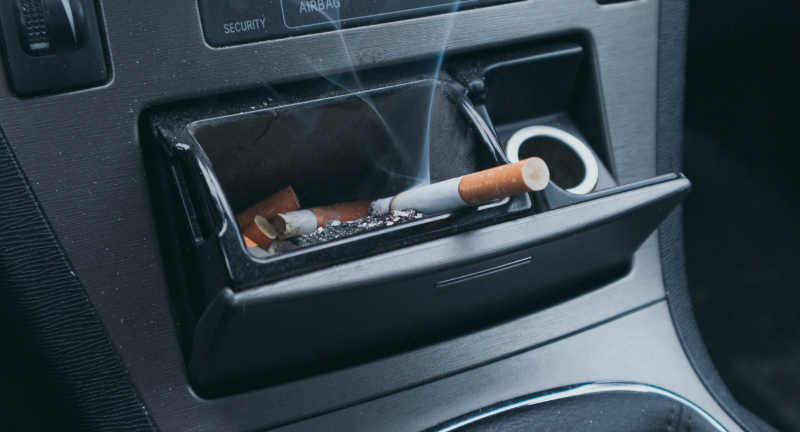
Shutterstock
In the past, smoking was a common practice in both public and private spaces, leading to cars being routinely outfitted with ashtrays and cigarette lighters for smokers’ convenience. However, as public awareness of the health risks associated with smoking grew, the automotive industry responded in kind. Ashtrays began to disappear from cars, reflecting the changing societal attitudes toward smoking and its decreasing prevalence among drivers. This shift in car features exemplifies how heightened health and social consciousness can influence the design of everyday objects, including automobiles.
Window Vent
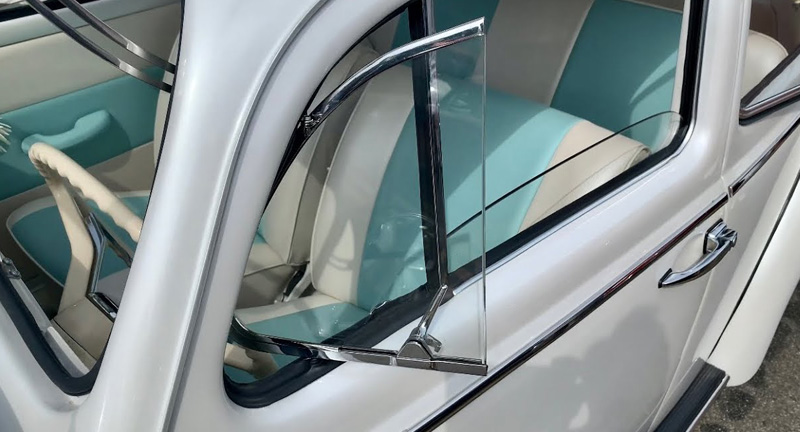
Shutterstock
Before air conditioning became a common feature in vehicles, the primary method for staying cool in warm weather was to roll down the windows. A notable feature of many classic cars was the presence of vent windows on the front doors, near the side mirrors. These small, adjustable windows allowed both drivers and passengers to direct a stream of fresh air directly at themselves, providing a refreshing breeze even when the main windows were closed.
Car Keys
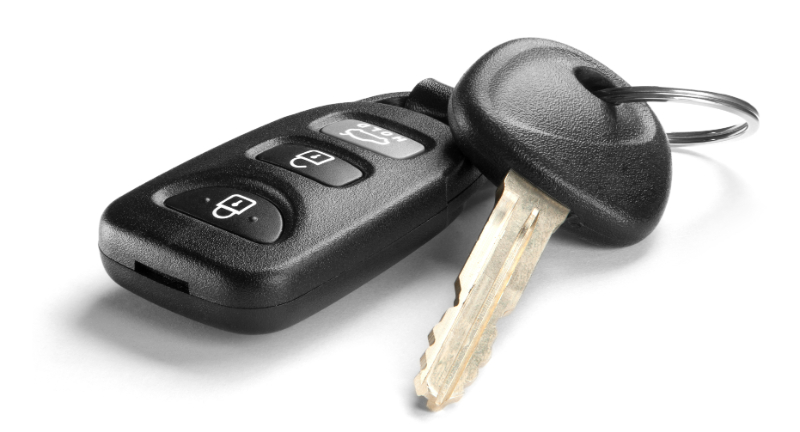
Shutterstock
While traditional car keys are not completely outdated, they are becoming less prevalent in the latest and technologically advanced vehicle models. Basic models and cars intended for rental services might still use conventional keys due to their lower risk of being lost by users. However, the majority of new vehicles now offer proximity keys. This advanced system allows the car to be unlocked, started, and driven without the driver needing to physically handle the key, which can remain in their pocket or purse. Proximity keys use radio signals to communicate digitally with the vehicle, marking a significant step towards improved convenience and technological progress in car design.
Spare Tire
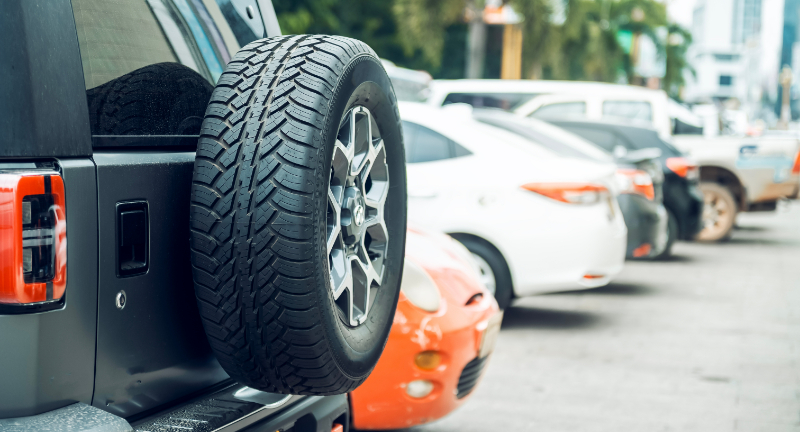
Shutterstock
The once common annoyance of getting a flat tire has diminished, partly due to tire technology improvements. Nowadays, numerous new cars come with run-flat tires, allowing drivers to continue driving for a certain distance even with a puncture. This development, along with the auto industry’s continuous effort to boost fuel efficiency, has prompted a significant adjustment. In an effort to lessen vehicle weight—a key element in improving fuel efficiency—several automakers are phasing out traditional spare tires in favor of a tire sealant and a small air compressor. This transformation not only aids in achieving better fuel economy but also mirrors the evolving requirements and innovations in contemporary vehicle design.
More Money + Investing
-


Want the Job? Avoid Asking These 22 Interview Questions
-


17 Unmistakable Clues That Someone Is Gaslighting You
-


25 Reasons Employers Hesitate to Hire Gen Z Workers
-


15 Things You Should Never Do At A Funeral
-


30 Aldi Treasures You Can’t Leave Without
-


20 Great Low Population Places In America To Retire In
-


21 Items Savvy Shoppers Skip
-


15 Bad Habits Keeping You From Being A Millionaire
-


Unmasking Kirkland: The Big Brands Behind Costco’s Best Buys
-


20 Sneaky Habits That Could Sabotage Your Retirement
-


21 Energy-Hungry Home Gadgets That Spike Your Monthly Power Bill
-


25 Epic Car Flops That Made History
